Once you've chosen the right floor covering for your needs, you can call in a floor covering installer. He or she will come and place the professional floor covering in the desired location. It's advisable to ask a professional to do this, as it requires a certain amount of expertise. Also, the floor covering installer is confronted with work hazards that can have physical consequences over the long term.
In this new article, NeoSol explains the risks involved in this profession? And what measures need to be put in place to ensure that the installer works in good conditions?
Who is a floor covering installer?
Also known as a "parquet installer" or "moquettiste", the floor covering installer is a physical job requiring repetitive movements that can be painful over the medium term. The job requires a certain technique and precision when laying, as poorly laid flooring can lead to falls or, in some cases, accidents.
Layers of resilient floor coverings (dirt-repellent entrance mats, mats) perform manual work on the floor. As with standing work, sitting or kneeling on the floor requires a certain amount of effort, which can lead to aches and pains and even occupational illnesses. That's why it's so important to be aware of the risks associated with this type of work, so as to be able to implement solutions tailored to each individual situation.
Risks incurred by professional floor mat installers
As in every business sector, this profession has its advantages and disadvantages. We have grouped these risks into 2 categories: posture, and work equipment and environment.
1. Posture-related risks
Poor posture is common in any work environment. For floor covering installers, this risk is very much present, and every day. Sitting or kneeling to work is not a comfortable position - quite the contrary. The body tires much more quickly when the same movements are performed every day. In addition to working in a seated position, the installer has to handle heavy equipment to cut, sand, clean and lay the mat.
The effects of these stressful movements are felt directly: lower back pain, joint damage, muscle damage, back pain, knee pain, wrist pain, shoulder pain, etc. The onset of these aches and pains initially leads to physical discomfort, and for some people to chronic pain over the medium term.
2. Risks associated with tools, machines and the working environment
As stated above, floor covering installers work with cutting, sawing, laying, refining and other equipment, depending on the type of mat. This exposes him to the risk of electric shock, injury and infection. His tools and machines can be heavy, requiring a certain amount of skill to handle them safely. The installer is not immune to a false move, which can have serious consequences for his physical condition.
Depending on the type of product to be installed, the tools and machines used can also generate very fine dust emissions. If protective equipment is not put in place, there is a high risk of dust inhalation, leading to inflammation of the nasal cavity, lungs or bronchi.
How to prevent these risks?
Every occupational risk has been assessed, and individual protection measures have been put in place. The aim is to enable each professional to work in good conditions and prevent the onset of musculoskeletal disorders. For floor covering installers, the risks have been assessed and listed in the Document unique de Sécurité (Decree of November 5, 2001). This document enables each employee to be aware of the risks associated with his or her workstation, and of the various solutions available to protect him or herself and work in complete peace of mind. Hazardous products are listed inSafety Data Sheets (SDS). These 2 documents must be made available to all employees for their perusal.
For each of the 2 main categories of risk listed, there are very specific solutions.
Individual protection
The first thing to do is to ensure that all fitters have received training in the various postures involved in seated work. This iscalled PRAP (Prévention des Risques liés à l'Activité Physique - Prevention of Physical Activity-Related Risks) training.It's true that it's difficult to eliminate all risks, but knowing how to carry a heavy load properly, or how to position oneself correctly when seated, will help reduce many occupational hazards.
The fitter must also wear personal equipment such as :
- a work smock to avoid cuts or getting dirty. It should also include knee and elbow pads,
- gloves to protect hands,
- goggles,
- a respiratory mask,
- non-slip safety shoes,
- helmets or earplugs to protect against noise or dust emissions.
Prevention linked to the use of equipment and the environment
As with the prevention of individual risks, safety training in the use of work tools is essential. This training will also help reduce the risk of workplace accidents. Each fitter will know how each tool or machine works, and how to act in the event of a cut or other injury.
Also, to limit respiratory infections due to dust, it's important to work in an airy or well-ventilated environment. It's essential to keep dust concentrations as low as possible, to avoid exposing installers to high concentrations above safety limits.
The installation of a floor covering must be carried out in several stages to ensure that it is laid correctly. The area in which the mat is to be laid must be perfectly clean. To achieve this, the area must be cleaned with a suitable industrial vacuum cleaner with an absolute filter. This will neutralize fine particles and minimize respiratory risks.
NEED ADVICE?
Contact Solène
![Fire classification, UPEC and ISO 10874 standards Fire classification, UPEC and ISO 10874 standards]() Fire classification, UPEC and ISO 10874 standardsFire rating and quality standards should be one of the main criteria to consider before buying professional flooring. Find out why with NEOSOL.Read More
Fire classification, UPEC and ISO 10874 standardsFire rating and quality standards should be one of the main criteria to consider before buying professional flooring. Find out why with NEOSOL.Read More![Static electricity risks and solutions Static electricity risks and solutions]() Static electricity risks and solutionsHow dangerous is static electricity for employees? How do industries reduce the risks associated with electrostatic discharge?Read More
Static electricity risks and solutionsHow dangerous is static electricity for employees? How do industries reduce the risks associated with electrostatic discharge?Read More![Professional mats: how to care for them? Professional mats: how to care for them?]() Professional mats: how to care for them?Professional mat maintenance is essential to maintain the longevity of your mat and the safety of passers-by. NEOSOL, the flooring expert, reveals its different maintenance methods.Read More
Professional mats: how to care for them?Professional mat maintenance is essential to maintain the longevity of your mat and the safety of passers-by. NEOSOL, the flooring expert, reveals its different maintenance methods.Read More![Accessibility and ERP: how do I know if I'm in compliance? Accessibility and ERP: how do I know if I'm in compliance?]() Accessibility and ERP: how do I know if I'm in compliance?Accessibility must be a priority for every ERP. But you still need to know if you're in compliance. To help you, NeoSol, the professional flooring specialist, tells you more.Read More
Accessibility and ERP: how do I know if I'm in compliance?Accessibility must be a priority for every ERP. But you still need to know if you're in compliance. To help you, NeoSol, the professional flooring specialist, tells you more.Read More
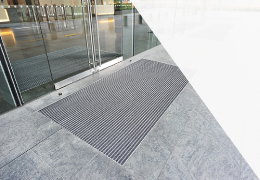
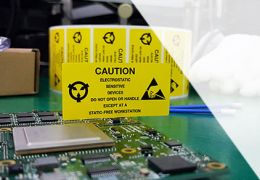
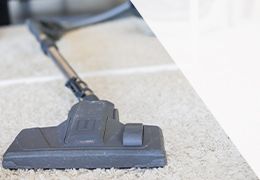

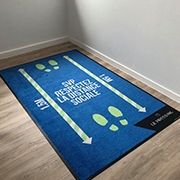
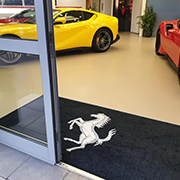
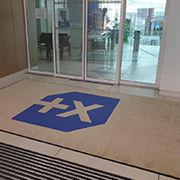
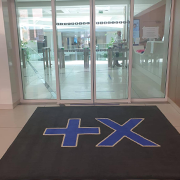
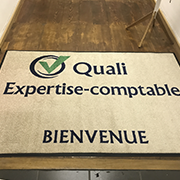
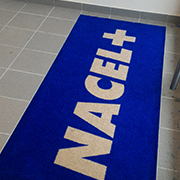
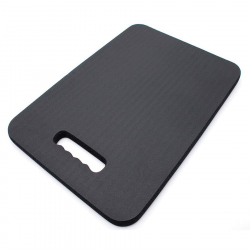
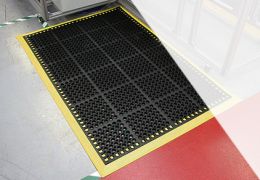
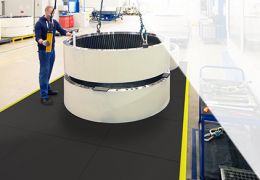

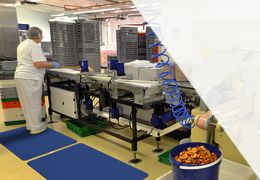
Leave a comment